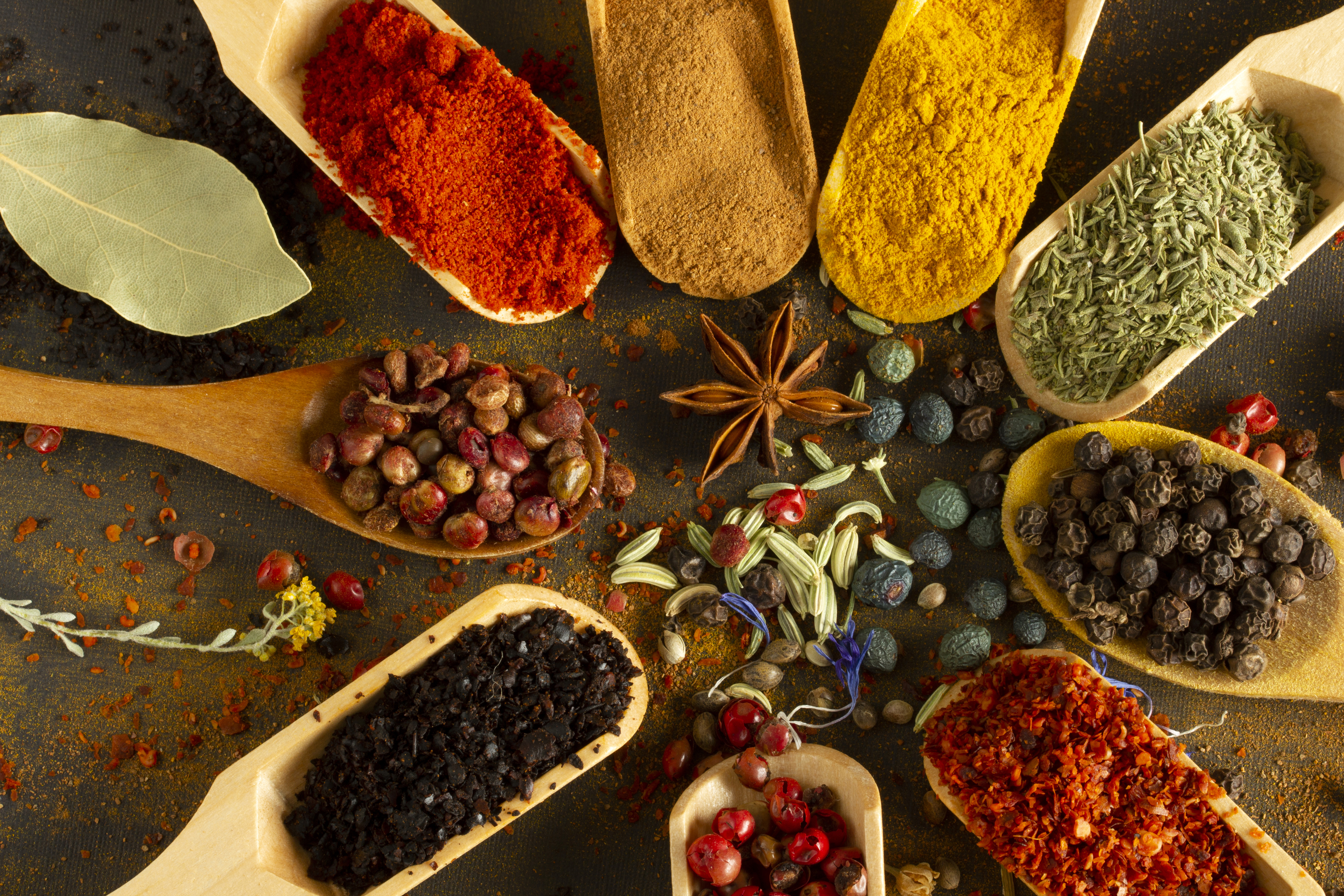Simple Dinner Swaps to Drastically Reduce Your Sodium Intake
3. Embracing Fresh Ingredients

One of the most effective ways to reduce sodium in your diet is by embracing fresh, whole ingredients. Fresh fruits, vegetables, lean proteins, and whole grains are naturally low in sodium and provide essential nutrients for a balanced diet. By focusing on these ingredients, you can create flavorful meals without relying on salt. Additionally, cooking from scratch allows you to control the amount of sodium in your dishes and experiment with new flavors. Incorporating a variety of colorful produce and lean proteins into your meals not only reduces sodium but also enhances the nutritional value of your diet.
4. Exploring Flavorful Herbs and Spices

Herbs and spices are nature's gift to those seeking to reduce sodium without sacrificing flavor. By exploring a variety of herbs and spices, you can create delicious dishes that are both satisfying and healthy. Basil, oregano, rosemary, and thyme are excellent choices for adding depth to your meals. Spices like cumin, paprika, and turmeric can also enhance flavor and offer additional health benefits. Experimenting with different combinations allows you to discover new tastes and find what works best for your palate. By relying on herbs and spices instead of salt, you can enjoy flavorful meals while keeping your sodium intake in check.
